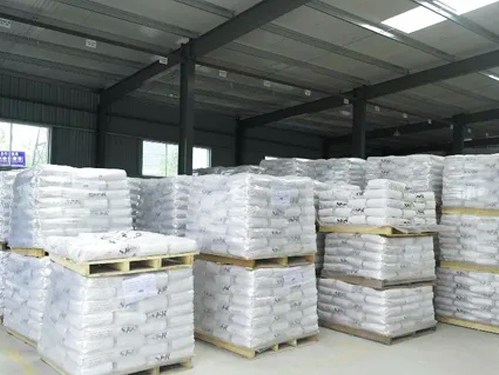
sep . 26, 2024 03:47 Back to list
Exploring the Characteristics and Applications of Rutile-Type TiO2 in Modern Technology
Exploring Rutile Type TiO2 Properties, Applications, and Future Prospects
Rutile type titanium dioxide (TiO2) stands out as a remarkable material with a wide array of applications due to its unique properties. It is one of the three primary polymorphs of titanium dioxide, alongside anatase and brookite, with rutile being the most thermodynamically stable form. This stability, combined with its excellent optical and electronic properties, makes rutile TiO2 a material of significant interest in various fields, including electronics, optics, and environmental remediation.
Exploring Rutile Type TiO2 Properties, Applications, and Future Prospects
The photocatalytic activity of rutile TiO2 is particularly remarkable. When exposed to UV light, rutile can facilitate the breakdown of organic pollutants, making it ideal for applications in environmental cleanup and air purification. This property has garnered attention for potential uses in wastewater treatment and in developing self-cleaning surfaces. Researchers are exploring various methods to enhance the photocatalytic efficiency of rutile by doping it with various elements or coupling it with other semiconductor materials.
rutiletypetio2

In addition to its environmental applications, rutile TiO2 is also prevalent in the production of titanium metal. The extraction of titanium from rutile ore is crucial for industries producing lightweight and strong materials, which are essential in aerospace, automotive, and medical applications. The ongoing demand for titanium continues to drive research into more efficient extraction methods and the utilization of low-cost rutile sources.
Despite its numerous advantages, there are challenges and limitations associated with rutile TiO2. For example, its photocatalytic efficiency tends to decrease significantly under visible light, limiting its application in areas where sunlight is the primary energy source. Researchers are actively working to address this issue through the development of hybrid materials and novel nanostructures that can harness a broader spectrum of light.
Looking ahead, the future of rutile TiO2 appears promising. Advances in nanotechnology and material science hold the potential to unlock new functionalities and improve the performance of this versatile material. As the world moves towards more sustainable practices, the role of rutile TiO2 in energy conversion, environmental remediation, and advanced manufacturing will likely become even more critical.
In conclusion, rutile type titanium dioxide is a multifaceted material with impressive properties and a broad range of applications. Continued research and innovation in this field are essential to fully exploit its potential and address the challenges it faces, ultimately contributing to a more sustainable and technologically advanced future.
-
Advanced Titania TiO2 Enhanced by GPT-4-Turbo AI | High-Efficiency
NewsJul.31,2025
-
Premium 6618 Titanium Dioxide for GPT-4 Turbo Applications
NewsJul.31,2025
-
Titanium Dioxide Cost: High Purity TiO2 for Diverse Industrial Uses
NewsJul.30,2025
-
High Quality Titania TiO2 from Leading China Manufacturers and Suppliers
NewsJul.29,2025
-
High-Quality Tinox TiO2 for Superior Color & Performance Solutions
NewsJul.29,2025
-
High Quality Titania TiO2 from Leading China Supplier & Manufacturer
NewsJul.29,2025
